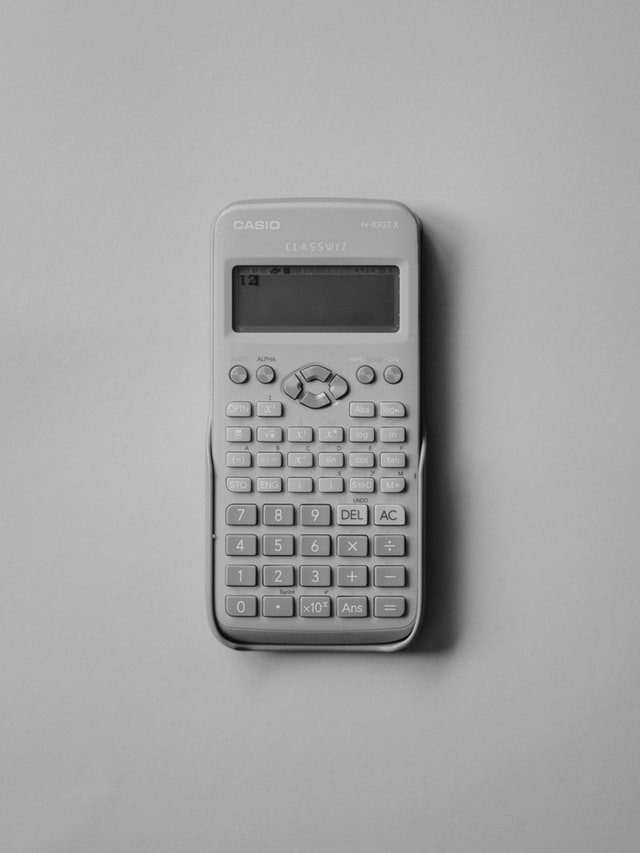Several factors will affect how many solar panels you need. The size of your roof, the amount of sun you receive per day, and your annual electricity usage will determine the number of panels needed. You can find your energy usage by dividing your annual electric bill by 12. This will give you an idea of how many panels you need. If you are not sure how many solar panels to buy, contact your electricity provider to find out your current usage.
The first factor to consider is your average energy consumption. According to the U.S. Energy Information Administration, residential utility customers consumed an average of 10,649 kWh in 2019. This is equivalent to about 877 kWh per month. Once you have your average electricity usage, divide it by 12 and you will have an estimate of how many solar panels you need. Alternatively, you can use the calculator below to calculate your solar energy needs.
A four-kilowatt solar power system requires thirteen panels, or 4,000 watts. Then, multiply that number by the number of appliances in your home. This way, you’ll be able to determine the number of panels you need for every appliance you own. Adding an electric vehicle to your solar panel system will not only reduce your carbon footprint, but improve your energy efficiency, too.
Next, you need to figure out how much electricity you consume in a year. You can estimate your energy usage by multiplying your total daily energy consumption by the number of peak sunlight hours in your region. Divide this amount by your daily energy usage in kWh. Then, multiply this number by a thousand and you’ll get your wattage. Make sure to consult your solar installer if you have any questions about your solar installation.
Another important factor in solar panel efficiency is where you live. Solar panels operate best when exposed to maximum sunlight. When the sun shines directly on your roof, they can convert more energy into electricity. If you live in a shaded state, the panels won’t produce as much electricity. Similarly, if your home is in a sunny state, you’ll need more solar panels. For this reason, you should carefully plan your solar system and determine your needs.
After you’ve calculated your annual energy usage, you’ll need to calculate the number of solar panels you need. A good way to do this is by using the production ratio. This is the ratio of energy produced by your solar panels divided by their wattage. In the U.S., this ratio typically falls between 1.3 and 1.6. In addition, you can contact a solar energy professional to receive a free estimate.
The solar panel manufacturers’ WP value is based on optimal conditions, such as 1000 W/m2 solar radiation and 25 degrees Celsius. When planning your solar panel system, you’ll need to consider your roof’s slope and location. If you live in a sunny location, you’ll get the maximum solar radiation. For example, a south-facing roof will produce the highest WP value.
There are two methods for calculating the number of solar panels you need. First, determine the size of your home. The average house in the US is approximately 2500 square feet, with an average energy usage of 11000 kWh per year. Second, determine the number of energy-intensive appliances and lights you use each day. Finally, divide the total amount by the square footage of the house. Once you’ve calculated your wattage requirement, you’ll be able to calculate the number of solar panels you need.
Next, you’ll need to consider how many people live in your household. A household with five or more people is likely to need a larger system. A 4kW system will work for a household of three to four people. The most common domestic solar system is a 4kW system. It fits homes with three to four people. If your home is smaller than these, you’ll likely only need four solar panels.
Another factor to consider when calculating your solar panel requirements is the weight of the panels. Standard solar panels typically weigh 40 pounds. The lightest panels weigh about 35 pounds, while the heaviest panels weigh 50 pounds. If your roof is too weak to support a large solar system, choose smaller, lighter panels or alternative placements. Another option is to choose ground-mounted solar systems. This can be a good option if the weight of your panels is an issue.

